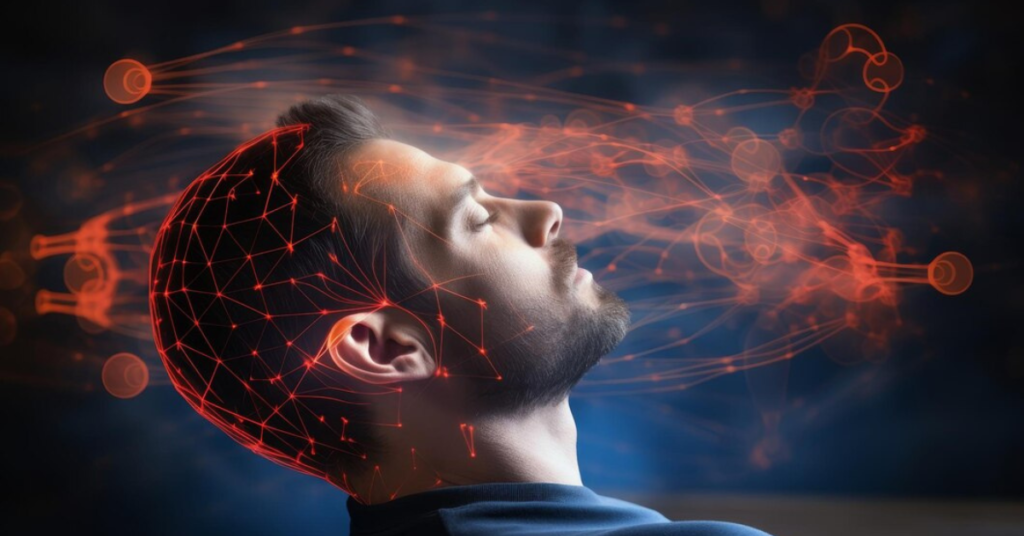Telekinesis, often regarded as a supernatural phenomenon, is the purported ability to move or manipulate objects with the power of the mind alone. While telekinesis has been a subject of fascination and intrigue in literature, movies, and popular culture, it is essential to approach this topic with a critical and open-minded perspective. In this essay, we will explore the concept of developing telekinesis, examine its practicality, and consider potential real-life applications.
The Origins and Evolution of Telekinesis
Historical Background
The concept of telekinesis has ancient roots, with references found in various cultural myths and religious texts. In ancient Greece, stories of gods and demigods possessing extraordinary mental powers were common. Similarly, in Hindu scriptures, sages and yogis were believed to possess the ability to manipulate objects with their minds through intense meditation and spiritual practices.
Modern Interpretations
The modern interpretation of telekinesis began to take shape in the 19th and 20th centuries, primarily through the works of spiritualists and paranormal researchers. Figures such as Daniel Dunglas Home and Eusapia Palladino claimed to demonstrate telekinetic abilities in public séances, captivating audiences and sparking debates among skeptics and believers.
Telekinesis in Popular Culture
Telekinesis has been a popular theme in literature, movies, and television shows. Characters with telekinetic abilities, such as Carrie White in Stephen King’s “Carrie,” Eleven in “Stranger Things,” and Jean Grey in the “X-Men” series, have captured the imagination of audiences worldwide. These portrayals often depict telekinesis as a powerful and sometimes dangerous ability, adding to its allure and mystique.
Exploring the Concept of Developing Telekinesis
Theoretical Foundations
The idea of developing telekinesis is based on the premise that the human mind possesses untapped potential, capable of influencing physical objects through sheer willpower. Proponents argue that telekinesis can be cultivated through practices such as meditation, concentration, and visualization. However, there is a lack of empirical evidence to support these claims, and the scientific community remains skeptical.
Scientific Investigations
Numerous scientific investigations have been conducted to test the validity of telekinesis. The results have been largely inconclusive, with many experiments failing to produce replicable evidence. Skeptics argue that purported demonstrations of telekinesis can often be attributed to trickery, psychological manipulation, or natural phenomena rather than genuine mental powers.
Anecdotal Evidence
Despite the lack of scientific validation, anecdotal evidence of telekinesis persists. Individuals who claim to have experienced telekinetic events often describe them as spontaneous and unpredictable. These accounts, while intriguing, are difficult to verify and often rely on subjective interpretation.
Practicality and Challenges of Telekinesis
Physical and Mental Constraints
One of the primary challenges in developing telekinesis is the inherent physical and mental constraints of the human body and mind. The brain’s ability to generate and transmit sufficient energy to influence physical objects is highly questionable. Additionally, maintaining the intense focus and concentration purportedly required for telekinesis can be mentally exhausting.
Ethical and Safety Considerations
Even if telekinesis were proven to be real, its practical application would raise significant ethical and safety concerns. The potential for misuse or accidental harm would necessitate strict regulations and guidelines. Ensuring responsible use of such abilities would be paramount to prevent unintended consequences.
Potential Real-Life Applications of Telekinesis
Medical and Therapeutic Uses
If telekinesis were proven to be real and controllable, it could have profound implications for medicine and therapy. Individuals with limited mobility or paralysis could potentially use telekinesis to perform tasks independently, enhancing their quality of life. Additionally, telekinetic abilities could be employed in therapeutic settings to aid in rehabilitation and mental health treatments.
Scientific and Technological Advancements
Telekinesi’s could revolutionize various scientific and technological fields. For example, it could lead to advancements in robotics and automation, allowing for more precise and efficient control of machinery. In space exploration, telekinesis could be utilized to manipulate tools and equipment in environments where traditional physical interaction is challenging.
Everyday Applications
On a more mundane level, telekinesi’s could offer practical solutions to everyday problems. Tasks such as moving heavy objects, operating electronic devices, or even cooking could be simplified and made more efficient. However, these applications remain speculative until telekinesi’s can be reliably demonstrated and controlled.
Conclusion
Telekinesi’s, while a captivating concept, remains firmly in the realm of science fiction and paranormal speculation. Despite its portrayal in popular culture and anecdotal accounts, there is currently no scientific evidence to support the existence of telekinesi’s. Developing telekinesi’s, if possible, would require overcoming significant physical, mental, and ethical challenges.
While the idea of moving objects with the power of the mind alone continues to intrigue and inspire, it is essential to approach the topic with a critical and open-minded perspective. Until telekinesi’s can be empirically validated, it will remain a fascinating but elusive phenomenon, capturing the imagination of those who seek to unlock the untapped potential of the human mind.







